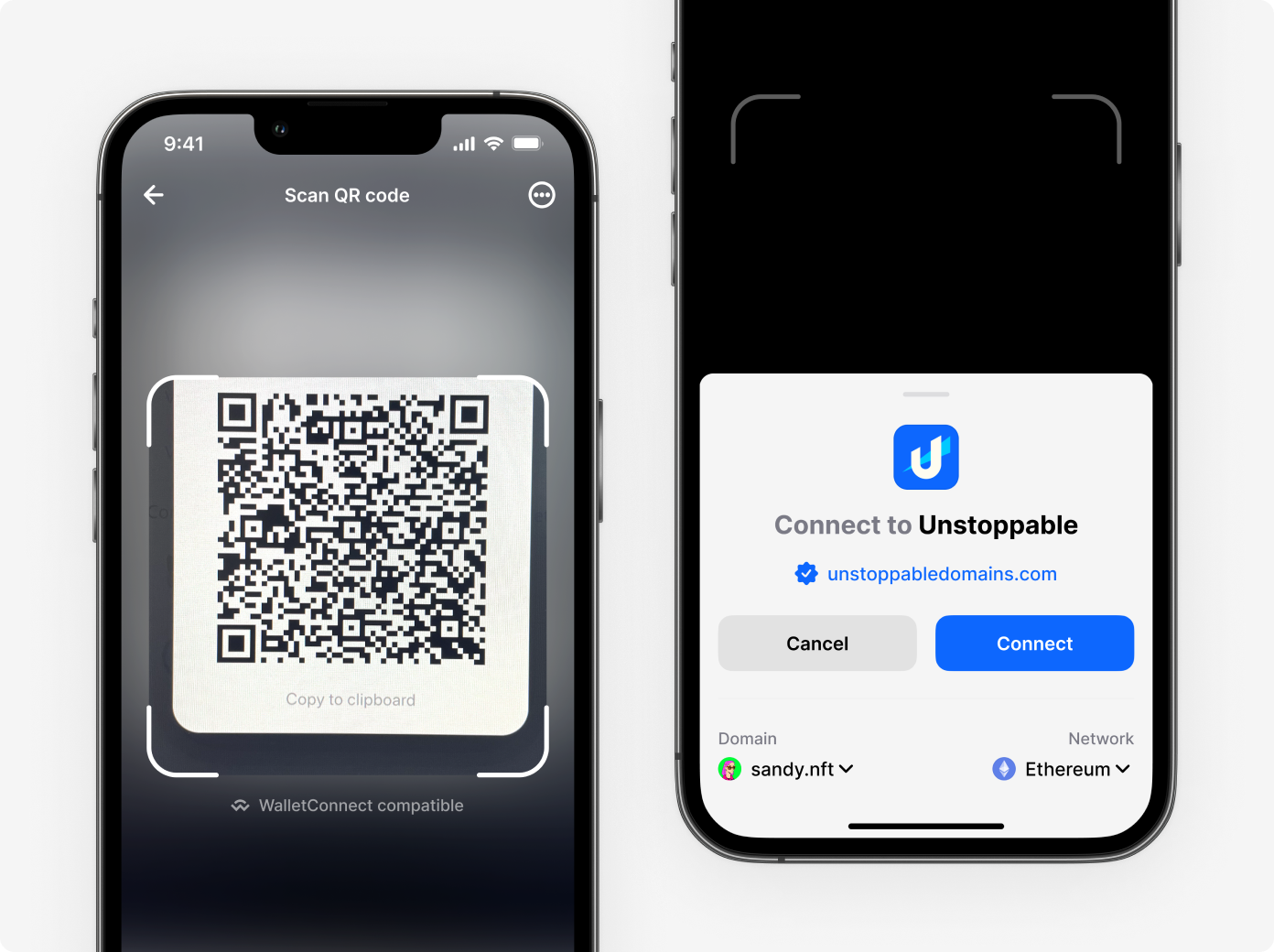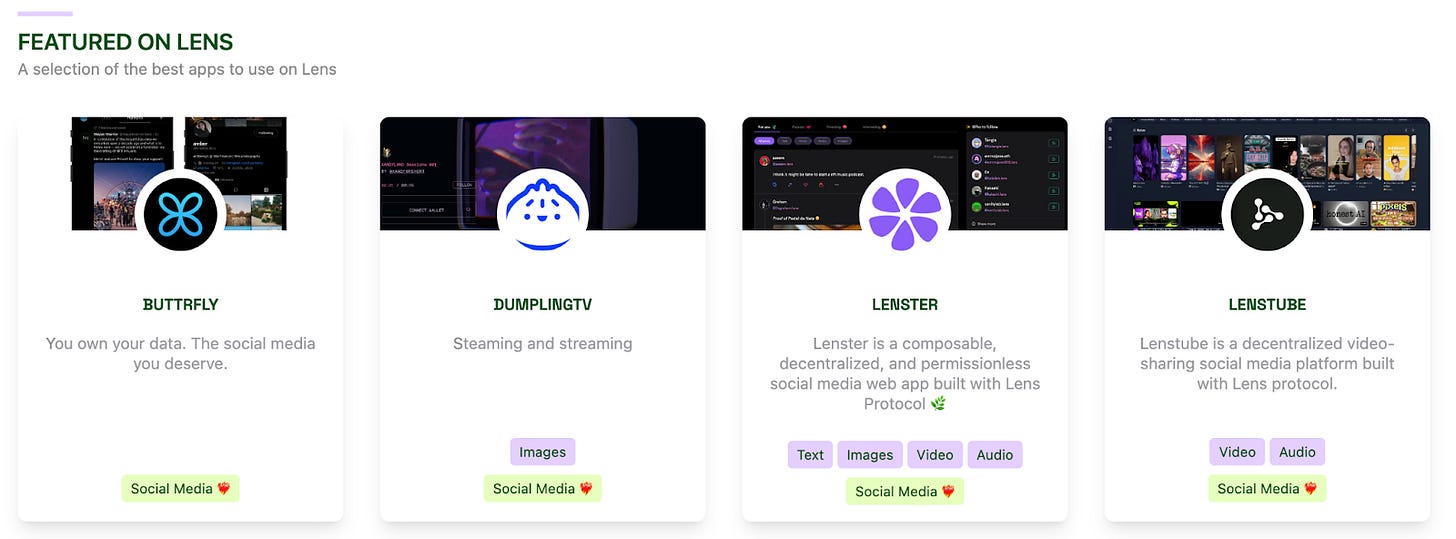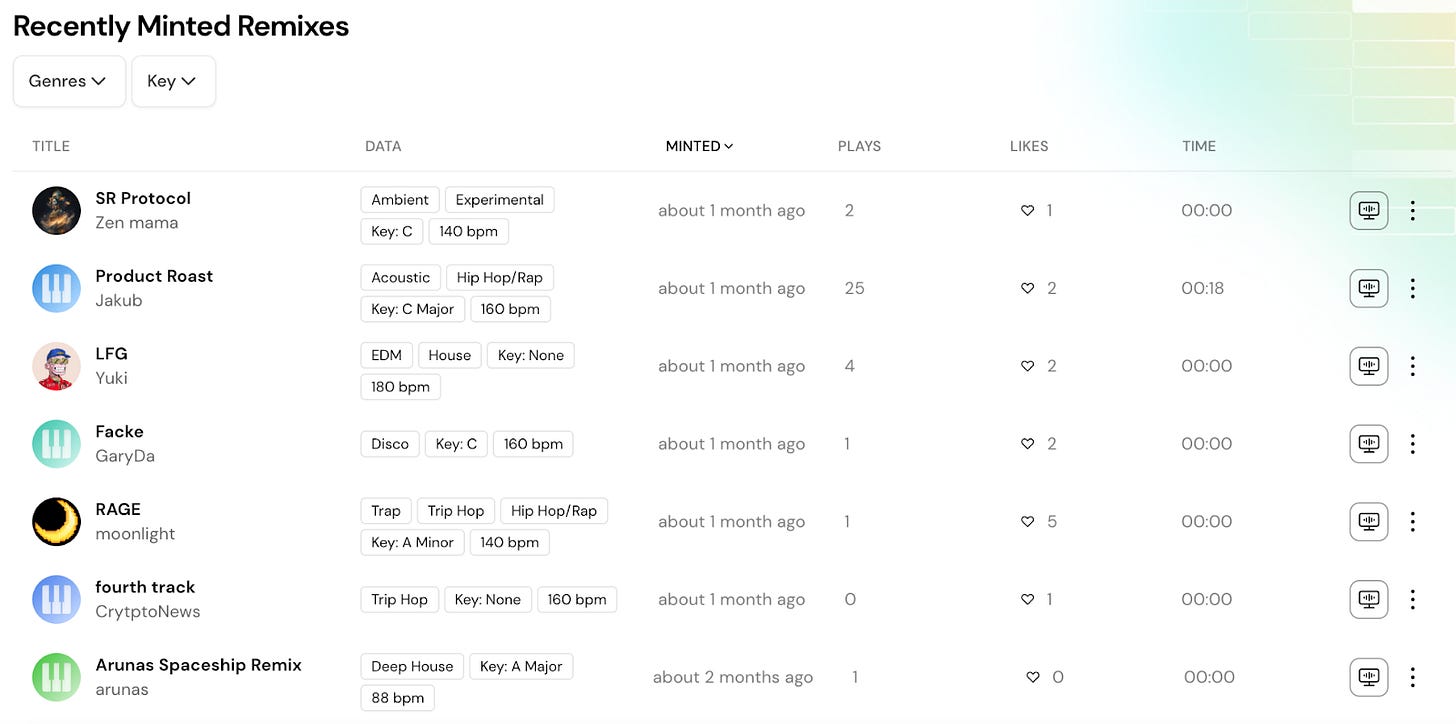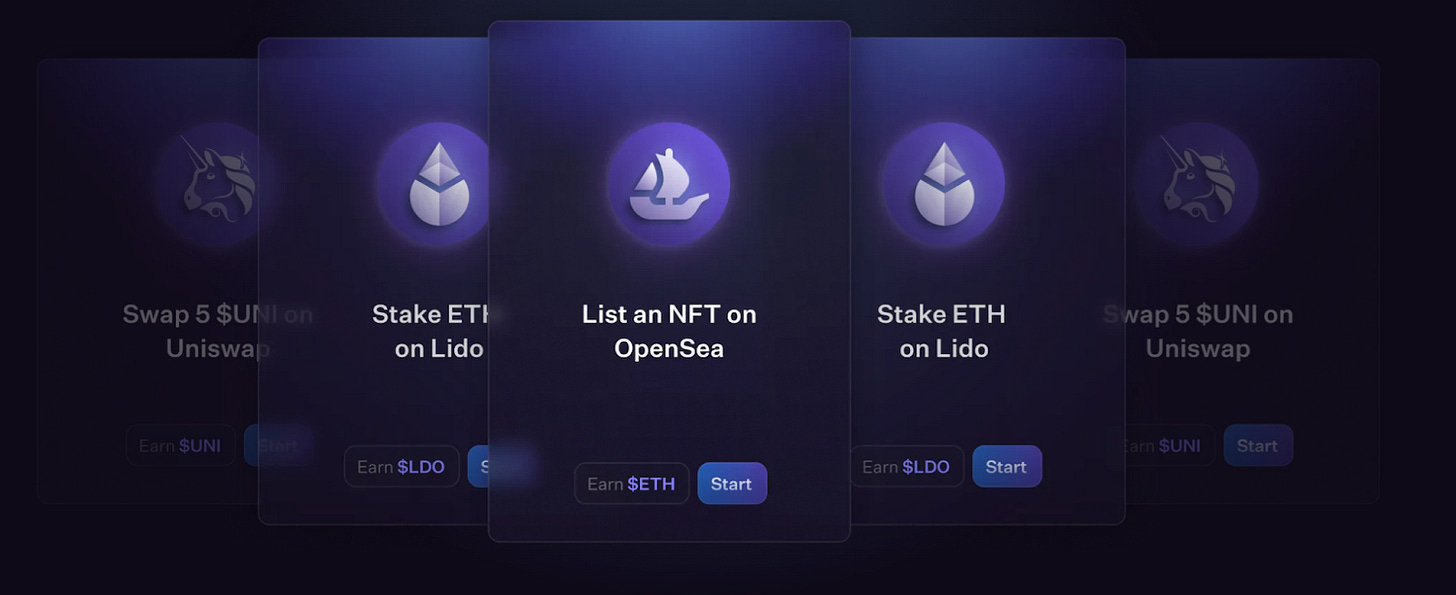#05 - Chaining Data Together
The Social Implications of On-Chain Data
Stanford Blockchain Review
Volume 1, Article No. 5
📚 Authors: Sophie Fuji, Bridget Harris – Stanford Blockchain Club
🌟 Technical Prerequisite: Low/Moderate
Introduction
The designs of our social networks determine the interactions we have with each other online and create the fabric of our social layers. While web2 social companies are profit-driven and dominated by the extraction of user information, web3 places a stronger emphasis on community, transparency, and user benefits. When a protocol succeeds, its users succeed. Web3 does this by introducing a shift in our behaviors through simplifying social coordination and aligning incentives.
Many social experiences are made possible or significantly easier through trustlessness and accountability – exactly what the blockchain provides. However, there’s a level of inherent difficulty in changing deep-rooted behaviors of individuals, communities, and the world at large. Web3 social, despite the transparency it provides users, is largely misunderstood today because it is confusing for new users and mired by scandals.
All of our friends are already on Twitter, Instagram, and Facebook. To truly shift behavior to include web3 protocols, users must first trust them and see them as a compelling alternative to web2 social networks. This behavior shift invokes a change of maxims: from trusting to trustlessness, from rewarding middlemen to rewarding end users, from black boxes to transparency. Throughout this essay, we will examine how these maxims are applied to construct a radically new conception of a social network, from social primitives to communal identities and social functions.
Identity
On social media today, we simplify ourselves into a single vector of our identity, embodying our profiles instead of our profiles embodying us. Identity in crypto has the potential to be broader than this, and this is why new primitives, including soulbound tokens, decentralized identifiers, and verifiable credentials, are core to the next wave of on-chain social. Whereas web2 digital presence has become concentrated on a few core platforms, web3 actions being recorded on-chain paint a more holistic picture of ourselves. Disco allows users to do this by creating a “data backpack” full of credentials, accounts, membership status, and other identity data to easily navigate protocols on-chain. In a similar way, ENS and Unstoppable Domains empower users to own their on-chain identity by linking their wallet address to a domain name and easily log in to protocols and trade via that domain.

On-chain identity expands beyond our current conception of social media. Instead of being limited to the simplicity of photos on Instagram or 280 characters on Twitter, we can represent virtually any part of ourselves on-chain, creating a more holistic identity that is driven by our own narratives, not trying to retroactively fit ourselves into a certain format. The tools mentioned above and below all make this easier for the user, but do not limit the user.
Messaging
Messaging is another widespread feature of social networks, and private messaging especially is one of the most important social actions on web2 platforms. While blockchain-enabled messaging hasn’t yet reached the mainstream [1], it has seen interesting adoption and developments lately. In particular, new companies tackling the messaging infrastructure layer such as Notifi and Waku have emerged recently. These companies are helping protocols embed and scale a native messaging layer to create a fuller experience for end users.
Unique verticals exist in the direct-to-user model as well:
Matrix describes themselves as a decentralized conversation store rather than a messaging protocol since their infrastructure spans many servers and communicating with someone via their protocol automatically distributes shared ownership across the parties involved.
Push (formerly EPNS) created a model that allows businesses to communicate with their user bases (through their wallet addresses), and vice versa. This creates a huge unlock for businesses to directly and effectively connect with their customers and for users to consolidate their platform activity / updates into one UI.
A few companies, like Comm and Console, are aiming to replace Discord in a cryptonative way.
There are also many platforms enabling direct P2P messaging platforms backed by on-chain mechanisms – popular ones include XMTP, Dialect, Status, and Blockscan. Most recently, WalletConnect launched an inbox for wallets to talk to protocols and other wallets.

Like many verticals of web3 social, the main challenge here is the tradeoff between convenience and quality. Messaging in web3 does not replace web2 messaging, instead it introduces new forms of messaging with different stakeholders and interfaces.
Social Media
Many existing on-chain social channels – though innovative – have yet to garner substantial traction. There are many reasons for this, including technical barriers to entry, stigma for non-cryptonatives, and difficult and confusing UIs – of which these plague all of crypto, but specific to social, we have the cold start problem.
Currently, the two most talked about protocols are Lens and Farcaster, which both seek to create decentralized social graphs that can be accessed from a number of different clients. Lens has Phaver, Lenster, Orb, and Buttrfly and Farcaster has Warpcast and Purple. These protocols have created factions, where people are becoming fiercely loyal to one over the other. The core distinction between Lens and Farcaster is that Lens is targeting creators and influencers who want to monetize transactions and port their existing audiences whereas Farcaster revolves around Twitter’s crypto community. There are also other protocols which have their own community strategies such as DeSo, DSCVR, GM, and CyberConnect.

Fundamentally though, the success of Web3 social networks will not depend on technical superiority, but rather on the forging of communal identities through shared stories and communities. We have seen this with successful NFT collections, where the most successful ones like DeGods and BAYC have held together a core community, rather than depending on speculative traders to maintain the floor. This community-first focus has led to the creation of many tools such as Station and Jokedao which help communities coordinate on-chain. As protocols scale, we will see resilience in communities, since most of the technology has become a commodity.
On-Chain Co-Creation
NFTs are a new economic mechanism to show that we can verifiably own something digital. This ownership can be split among people, creating on-chain attribution, which leads to a paradigm of co-creation. With NFTs defining and upholding abstract ownership, it’s time to re-envision concepts like patents and IP-licensing.
Recently, we’ve seen the rise of TikTok remixes which prompted a conversation on media co-creation. Companies like Arpeggi and Adimverse are building this out in a decentralized way by leveraging smart contracts to automate content attribution to their creators. Mirror and 0xSplits, and most recently Lens, allow proportional revenue splits for every contributor to a project, ensuring everyone gets paid fairly. To incentivize collaboration and creativity, we should make this the dominant paradigm for creators to get paid, instead of the inadequate payouts we see on Medium and Spotify today [2].

On-chain actions can be pieced together to re-envision the relationship between consumers and big data. On-chain data tells you more than just what your customers are buying and selling, but shows you who your customers are through their collective actions. The history of a wallet shows social interactions, personal interests, and financial history. However, since we know that our on-chain actions are public, we are willingly putting our data out there to be used, unlike private platforms selling and using our data without our consent. There are many tools helping anyone master data:
OnceUpon and Arkham Intelligence seek to make blockchain data easy to parse for traders and noncryptonatives alike.
Ora and Lore change unreadable transaction data into natural language, allowing users to contextualize and trace patterns of behavior.
Bello and Spindl let brands use this on-chain data to better understand their customers, in a way that is transparent, unlike tracking in web2.
Golden Protocol leverages blockchain transparency to create attributions that live on-chain, so that the information is tied to its creator, creating a narrative that rightfully credits everyone. These can be brought to the dapp layer through badges like with Metagame, where you earn, not buy, your NFTs through on-chain actions.
With all this data and new ways to display and discover, personal and communal identity is bound to change. On-chain coordination levels the playing field for everyone in a community to participate; on-chain data allows anyone to create or verify narratives; on-chain actions create this wealth of data.
Curation and Search
Having all these on-chain protocols is great, but it is nearly impossible to find what you’re looking for. There is no web3 search engine to find the applications you want when you want them. Platforms like Launchcaster are solving this in a simple way, like a web3 ProductHunt. Others take a more curated approach – like Boys Club and Dirt – which both have dedicated audiences who trust their taste and opt for manually curated selections.
These curators have evolved into brands, since they represent a strong signal to their readers when they endorse something. This is similar to web2, where we rely on brands to curate the internet. We see this being a big problem in the NFT space where the leaderboard of OpenSea is one of the most important curation platforms, as are influencers on Twitter. There are also more decentralized forms of curation like Yup which filters by aggregation across existing platforms or token-curated registries that reward users for having good taste [3]. This vein of user-curated content allows for attribution, which opens up the role of curator to anyone who has a small following, not just mega-influencers.

Education
Currently, one of the main issues with crypto adoption is the lack of education in the space. Crypto’s inaccessibility discourages many individuals from getting involved, even if it’s just on a social platform. This is why there is a new wave of consumer companies who are abstracting away crypto from the frontend, to let consumers benefit from the technologies without having to change their existing behaviors. Companies like Niche Protocol are powering new social applications in an extremely user-friendly way to try to achieve this abstraction.
Overall, accessibility, ownership, and rewards are the main channels these types of protocols are employing to disrupt traditional social platforms. Other platforms like RabbitHole and Layer3 are rewarding users for onboarding onto crypto protocols, creating journeys for the users that both educate and reward. Platforms like these promote accessibility and try to make onboarding seamless to allow users to develop a higher level of trust in the protocols they interact with.

Financial Transactions
In addition to social layers, blockchain technology is also actively creating a new dynamic around community-oriented financial activities. One compelling project is Antic, which is creating infrastructure to allow any existing platform to integrate a “buy together” button onto their site. Co-ownership isn’t exclusive to web3, but many cryptonative protocols such as Fractional (now Tessera) have largely been first to introduce these new types of ownership models [4].
Blockchain is the perfect backend for these types of solutions as well. Offering users the option to purchase assets or experiences in a group drives a greater number of people to the platform and subsequently increases revenue. Additionally, co-owning is a fun model that allows groups to invest in alternative assets, share experiences, and create community around products they purchase. These new financial mechanisms will continue to increase in complexity and popularity as the blockchain enables transparent and trusted shared ownership models.
Co-ownership can be a coordination mechanism between friends to buy something together, but it can also allow strangers to make financial decisions together because they only need to trust the underlying system – not each other. SyndicateDAO allows people to co-invest, and Bridgesplit allows people to fractionalize financial assets, no matter how many degrees of separation there are between the co-investors.
Conclusion
By leveraging blockchain transparency, data, and coordination mechanisms, we will not only be able to more effectively understand users but also increase the quality of connections and trust between parties. Communication is at the heart of societies and with social interactions on-chain, we can better reward users for their interactions and encourage communities to grow.
Web3 social has massive implications for identity and interaction. Today, on-chain data is a novel technology that is intellectually interesting, but largely impractical. We believe that there will be a future where on-chain social is used to its full potential, but this will not replace what social media is today, but augment certain behaviors with these new primitives.
About the Authors
Bridget Harris
Bridget Harris studies Economics at Stanford and invests in crypto at Pantera Capital. Previously, she has worked at Divergence Ventures, G Squared and Spotlight Asset Group.
Sophie Fujiwara
Sophie Fuji studies Symbolic Systems at Stanford and invests in early-stage consumer crypto at TCG Crypto. Previously, she has worked at funds including GGV Capital and Hustle Fund and startups including Fountain and Capital.
References
[1] On wallets communicating by Sophie Fujiwara
[2] Thread to the current state of the creator economy
[3] https://jpg.mirror.xyz/IaycQUQ_eBKVGUBk1lzkVZ9VfJyA3vPdIerrQuhUE90
[4] https://medium.com/@bdharris/an-overview-of-the-nft-fractionalization-landscape-83487874926b


